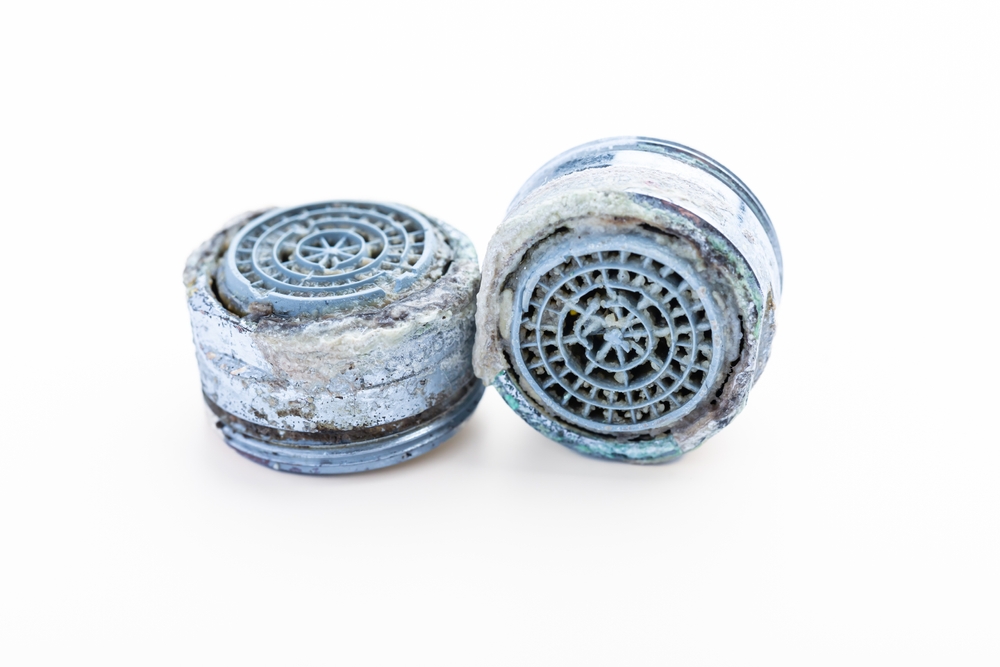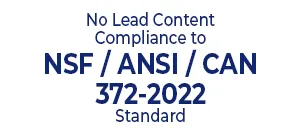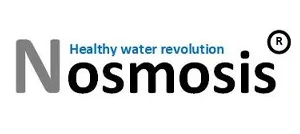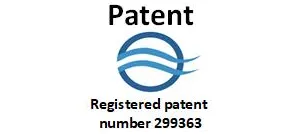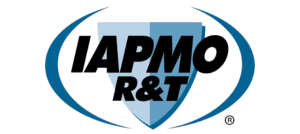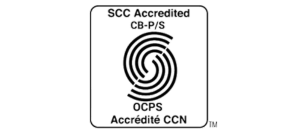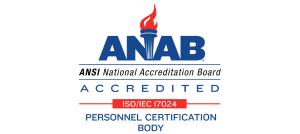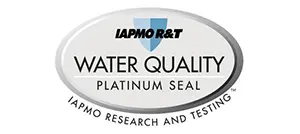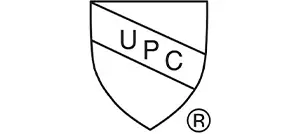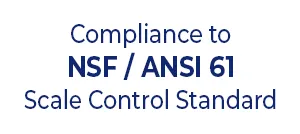Introduction
Limescale buildup is a common issue in homes with hard water, leading to clogged pipes, inefficient appliances, and unsightly stains on fixtures. Many homeowners seek effective ways to reduce or prevent limescale formation, but not all methods are created equal. Some traditional approaches, such as salt-based water softeners, come with health risks, environmental damage, and legal restrictions in certain areas.
This article explores various methods for reducing limescale buildup, discusses the downsides of salt-based softeners, and highlights TipaTech’s advanced limescale reduction technology, which effectively helps decrease scale while preserving beneficial minerals.
Understanding Limescale and Hard Water
Limescale is the white, chalky residue left behind when hard water (water rich in calcium and magnesium) evaporates. While these minerals are beneficial to human health, they can cause serious issues within a home, such as:
Reduced efficiency and lifespan of water heaters, dishwashers, and washing machines.
Clogging and reduced water flow in pipes and faucets.
Increased detergent and soap usage due to poor lathering.
Unsightly stains on sinks, shower doors, and fixtures.
To combat limescale, homeowners have a variety of treatment options, each with different effectiveness, health considerations, and environmental impact.
Methods for Limescale Reduction
1. Salt-Based Water Softeners (Ion Exchange Systems)
How It Works:
Exchanges calcium and magnesium ions with sodium ions, effectively reducing hardness minerals from the water.
Disadvantages:
Health Risks: Increases sodium levels in drinking water, which can be harmful for individuals with high blood pressure or kidney issues (Mayo Clinic).
Environmental Damage: Produces hundreds of gallons of wastewater per month, dumping high sodium concentrations into the drainage system, which harms soil and plant life (EPA).
Banned in Certain Areas: Salt-based water softeners are illegal in parts of California and other counties due to environmental regulations.
Verdict: While effective in softening water, the health and environmental drawbacks make salt systems less desirable.
2. Salt-Free Water Conditioners (Template Assisted Crystallization – TAC)
How It Works:
Uses a special media to alter the structure of calcium and magnesium ions, helping reduce them from forming scale without removing them from the water.
Advantages:
Retains beneficial minerals for human health.
No salt or chemicals needed, making it environmentally friendly.
No wastewater production, reducing ecological impact.
Easy maintenance compared to salt-based softeners.
Verdict: TAC systems are a great alternative to traditional softeners, offering effective scale reduction without the downsides of salt-based systems.
3. Reverse Osmosis (RO) Filtration
How It Works:
Uses a semi-permeable membrane to remove almost all minerals and impurities from water.
Disadvantages:
Removes essential minerals that are beneficial for health, leading to demineralized water.
Wastes large amounts of water, typically producing three to five gallons of waste per gallon of purified water.
Not an ideal whole-house solution, as it’s mainly designed for drinking water rather than preventing limescale.
Verdict: While many people use the RO for drinking water purification, RO systems are not the best method for limescale reduction due to excessive water waste and mineral depletion.
4. Electromagnetic or Magnetic Water Conditioners
How It Works:
Uses electromagnetic or magnetic fields to alter mineral behavior, decreasing them from forming hard deposits.
Disadvantages:
Lack of scientific evidence supporting long-term effectiveness.
Limited impact on high-hardness water.
Varied results depending on water composition and flow rate.
Verdict: These systems are not widely recommended due to inconsistent performance and lack of proven scientific backing.
5. TipaTech’s Advanced Limescale Reduction System
How It Works:
Uses a proprietary non-salt-based technology that modifies calcium and magnesium ions to condition the minerals, helping reduce them from forming hard scale.
Advantages:
Reduces scale buildup without removing beneficial minerals.
No salt or chemicals, making it completely eco-friendly.
Zero wastewater production, unlike salt-based and RO systems.
Low maintenance, reducing long-term costs.
Verdict: TipaTech’s system is the best solution for homeowners who want effective limescale reduction without harming health or the environment.
Why Removing Beneficial Minerals is Not the Best Approach
Many conventional water softening systems, especially reverse osmosis and salt-based softeners, remove calcium and magnesium, which are essential for human health. Drinking demineralized water can lead to mineral deficiencies and health issues (WHO). Instead of completely stripping minerals from the water, a balanced approach—like TipaTech’s technology—ensures optimal water quality without sacrificing health benefits.
Final Thoughts: Choosing the Best Limescale Reduction Method
When selecting a limescale reduction system, homeowners should consider:
Health impacts: Avoid salt-based softeners that increase sodium intake and remove essential minerals.
Environmental effects: Choose systems that do not waste water or introduce harmful chemicals.
Effectiveness: Look for technologies that help reduce scale formation without altering water composition in a negative way.
Among all available options, TipaTech’s innovative limescale reduction system provides the best combination of effectiveness, sustainability, and health benefits. It reduces scale buildup without removing beneficial minerals, produces zero waste, and is an eco-friendly alternative to outdated softening methods.
To learn more about TipaTech’s cutting-edge limescale reduction solutions, feel free to contact us today!
